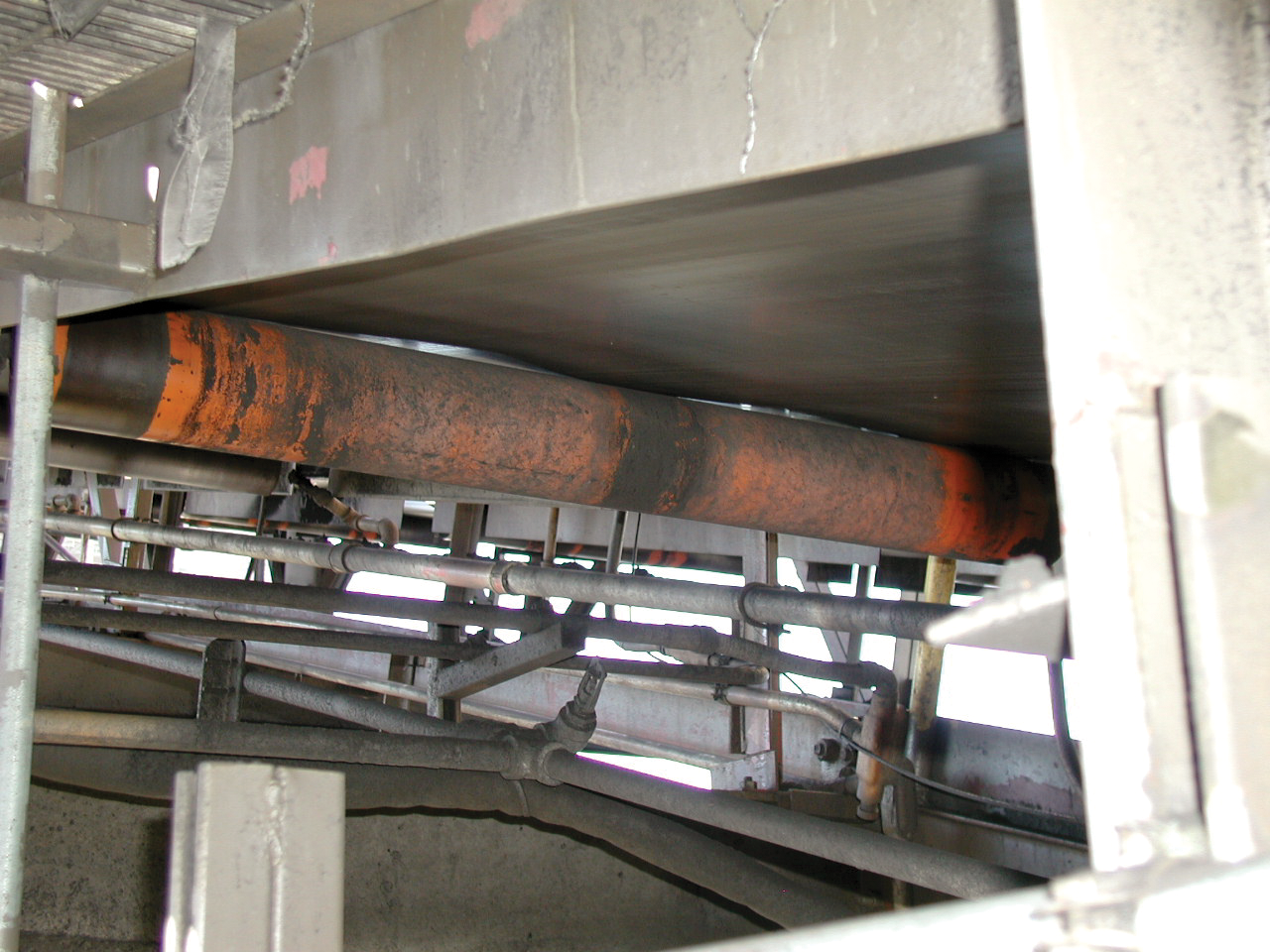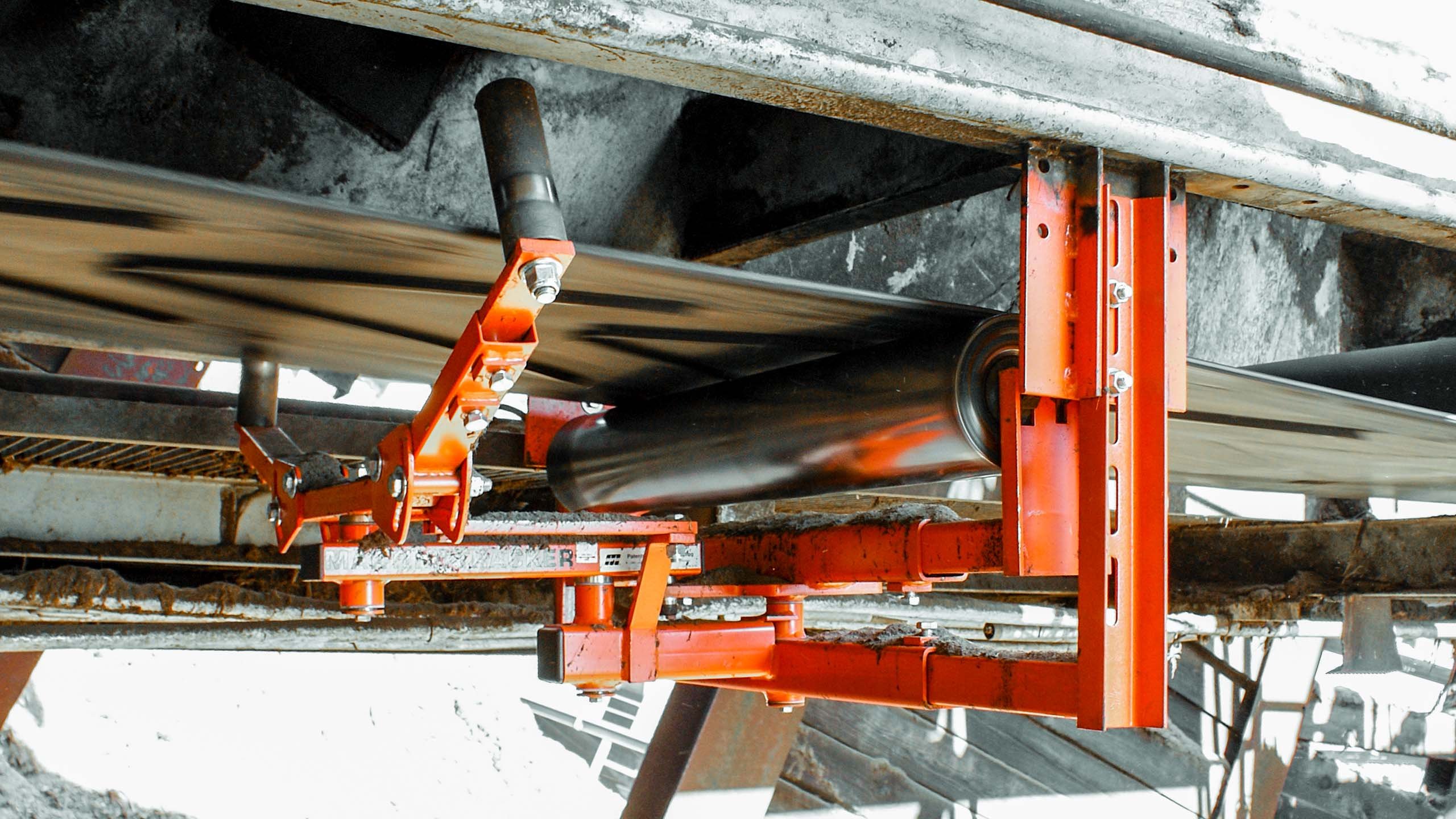In general, structures and machines tend to have their greatest weaknesses at seams or points of transition, where stresses are not acting upon a single, consistent surface.
Conveyor belts demonstrate this point with a variety of forms of damage to its edges or the connections between layers. But chapter four of Martin Engineering's Foundations™ explains that many conveyor systems also suffer from junction-joint failure, in which belts are damaged as they transition from a flat bed into a trough.
These types of junctions are important in many types of conveyors, but the problem emerges when either not enough or too much space is provided for the transition. If the gap between idlers is too small, then the abrupt change can cause a crease to form in the belt. If the gap is too large, the weight of the conveyed material can stretch the belt as the materials force it to fill the gap.
Junction-joint failure can be seen as a “W” or “M” shape in the belt as it passes over a return roller.
The appropriate size of the gap between idlers and the structure of these junctions depends largely on the material of the belt, its thickness and the shape the belt must reach. However, the early signs of junction-joint failure can be readily identified as a 'w' or 'm' shape to the belt on flat idlers and wear along the line where the outside idlers would tilt up.





















Leave Comment